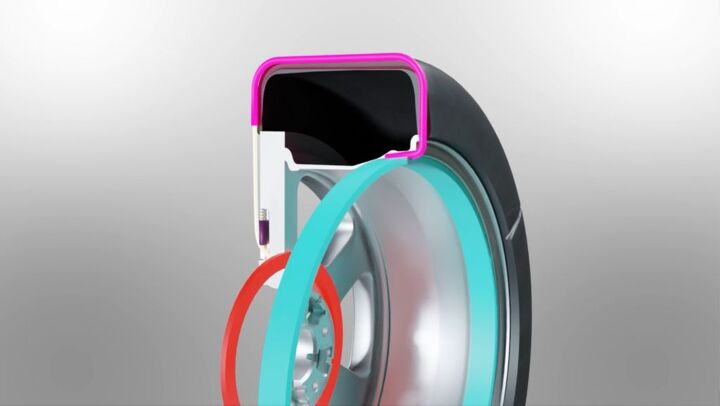Hyundai and Kia's Breakthrough: Shape-Shifting Tires for Safer Winter Journeys
Hyundai Motor Company and Kia Corporation have introduced an innovative snow chain technology for tires, poised to enhance winter driving safety. This new technology incorporates shape memory alloy modules located within the wheel and tire assembly. These modules can be activated to function as snow chains with a simple electrical signal, offering a seamless transition from regular to winter-ready driving.
Effortless Operation and Safety Enhancement
The main advantage of this technology lies in its ease of use. Traditional snow chains require manual installation, which can be both time-consuming and challenging. In contrast, the new system from Hyundai and Kia utilizes shape memory alloy that can be deployed or retracted at the push of a button. This not only saves time but significantly improves safety, especially during unexpected heavy snowfall.
The Technology Behind the Innovation
The design of this snow chain-integrated tire technology is quite intricate. The tire features radial grooves, similar to slices of a pizza, where modules made of shape memory alloy are inserted. When not in use, the alloy remains compressed inside the wheel, resembling the shape of an 'L'. Upon activation, an electric current causes the alloy to return to its original shape, extending out of the tire in a 'J' shape. This extension makes contact with the road surface, thereby enhancing grip and stability in snowy conditions.
Moreover, this technology offers an additional safety feature. In case of severe tire wear, the visibility of the module alerts drivers to the need for tire replacement, ensuring that tire maintenance is not overlooked.
Future Prospects and Development
Currently holding patent-pending status in South Korea and the U.S., Hyundai Motor and Kia are considering the mass production of this innovative technology. Before this can happen, further technological advancements, durability tests, performance evaluations, and regulatory reviews are necessary. This forward-thinking approach reflects Hyundai and Kia's commitment to leveraging advanced technology for real-world applications, focusing on enhancing the safety and convenience of their vehicles.
This article was co-written using AI and was then heavily edited and optimized by our editorial team.
More by TTAC Staff
Latest Car Reviews
Read moreLatest Product Reviews
Read moreRecent Comments
- Lorenzo Car racing is dying, and with it my interest. Midget/micro racing was my last interest in car racing, and now sanctioning body bureaucrats are killing it off too. The more organized it is, the less interesting it becomes.
- Lorenzo Soon, the rental car lots will be filled with Kia's as far as the eye can see!
- Lorenzo You can't sell an old man's car to a young man, but you CAN sell a young man's car to an old man (pardon the sexism, it's not my quote).Solution: Young man styling, but old man amenities, hidden if necessary, like easier entry/exit (young men gradually turn into old men, and will appreciate them).
- Wjtinfwb Hmmm. Given that most Ford designs are doing relatively well in the marketplace, if this was forced I'd bet it was over the S650 Mustang. It's not a bad looking car but some angles seem very derivative of other makes, never a good trait for a car as distinctive as Mustang. And if he had anything to do with the abysmal dashboard, that's reason enough. Mustang doesn't need the "Tokyo by Night" dash arrangement of a more boring car. Analog gauges, a screen big enough for GPS, not Netflix and some decent quality plastics is plenty. The current set-up would be enough to dissuade me from considering a new Mustang.
- Lorenzo Aw, they don't need a designer - just put modern underpinnings on a 1955 Ford Fairlane. Stellantis could revive Chrysler and Dodge by putting modern mechanicals on a 1955 Imperial and 1955 Dodge Coronet.


































Comments
Join the conversation